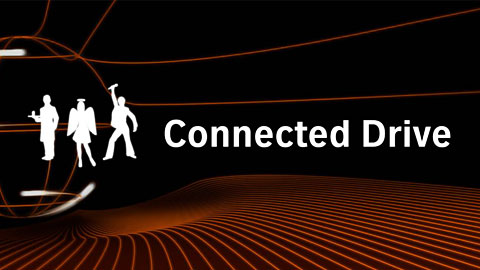Once Upon a Car
I just finished reading Bill Vlasic’s, “Once Upon a Car”, and highly recommend it. It’s a fast paced look at the implosion of the Big Three US automakers that was pretty much coincident with the onset of the great recession.
Vlasic had previously penned a work on the Daimler/Chrysler merger, “Taken For a Ride”. His latest book continues with the unraveling of that ‘merger’ and then also GM’s and Ford’s descent into hell. It outlines the core issues that confronted the Big Three, legacy labor costs and perverse work rules, total lack of customer focus, and bad management.
What shone through in the discussion of labor issues was the cost impact of providing health care for current employees and retirees. While the recently passed ‘universal’ health care laws, which are slated to go into effect in 2014, may not be the best (or even constitutional) solution, it appears that some solution, that makes sense within the US’s constitutional boundaries, needs to be implemented.
Two heroes emerged from the book however, Bill Ford for his dedication to the people of Ford and courage in surrendering the CEO job at Ford and Alan Mulally for his positive and forceful attitude that has righted Ford’s ship. Ford has emerged as the winner in the Big Three debacle portrayed in “Once Upon a Car”
Connected Drive
Speaking of Ford, both Ford and BMW seem to get that customers want ubiquitous connections to the virtual world in the cars. While we’re seeing 1.0 of Connected Drive currently, future versions hold out hope for a merging of the virtual and real worlds.
But the important takeaway is the fact that this is being demanded by customers. Those companies that are reacting and providing solutions to that demand will find themselves in a better position to survive the next downturn.
What sounds a bit odd, but rings true, is that we have the PC/Mac split at work here. Ford is using Sync, with Microsoft Windows Embedded Automotive OS as it’s backbone, while BMW seems biased towards an Apple solution.
Pure Speculation
Photos have emerged of BMW’s small FWD cars. While they’re still heavily camouflaged, it would be worth speculating what will power these things. It’s expected that they will be built on the latest small car platform. Thanks to the ability to vary the location of the firewall, the F20/F30 platform will be the basis for the FWD cars (see the BMWBLOG article on the platform matrix)
If I were to build a FWD BMW here is where I would start. I’d have a fuel consumption target of four liters per 100 km. It would have a max HP of 200 in gasoline powered variants, and a max torque of 200 lb-ft in diesel form. I’d grab the new ZF 9HP auto and not, repeat not, equip it with an optional manual transmission. I’d look for an 800 km range (with a reserve) on a tank of fuel which would translate to about 35 liters or a bit over 9 gallons. That will positively impact the wet weight of the car. The choice of engines would be three cylinders, petrol and diesel.
My first generation of the BMW FWD would be a conventional steel uni-body construct. But that’s just my idea of what a BMW FWD should be. If it’s going to be a heretical car, might as well take the heresy to its logical conclusion. As always, the comments section is open . . .





































































